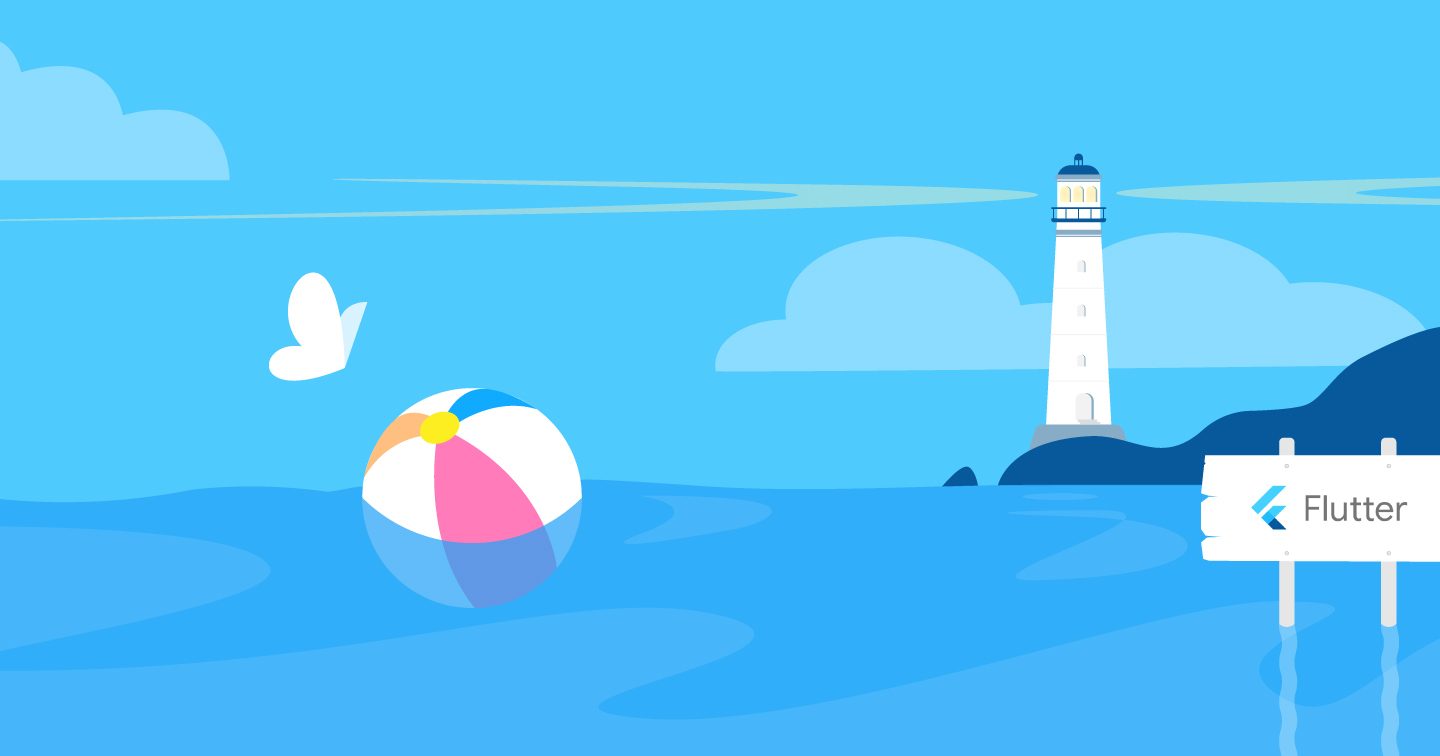Flutter is an open-source toolkit developed by Google. It allows you to create native applications compiled for iOS and Android, as well as websites and desktop applications. Flutter enables faster application development using the Dart programming language, which is also developed by Google. The American tech giant drew inspiration from React to create the Flutter framework, releasing its first version at the end of 2018.
The Advantages of Flutter for Application Development
Flutter allows you to develop an application from a single codebase that can then be deployed on iOS, Android, the web, desktop (Mac, Windows), and embedded systems. This means you don’t have to redevelop the entire application code for each platform using different languages.
The framework is easy to learn because most widgets already exist. These are reusable components throughout your project, designed to make you work more efficiently. There are widgets for creating a list or a navigation bar, others to help you place elements on the page, or even create a form in just a few lines. After some practice, the Dart language becomes quite intuitive and allows you to better harness the potential of the widgets.
With Flutter, it’s very simple to see real-time changes made in your code thanks to its efficient hot reload feature. When you save your code, the changes are displayed within seconds on the device, without needing to restart the entire application. Another positive point: there are many available packages to facilitate your work. These are coded by other developers and made available for anyone. You simply import them, and they’re ready to use. A commonly used package is Google authentication, which allows users to log into an app with their Google login without having to create a new account.
Flutter’s Performance and Community
With its successive updates, Flutter has become lighter and significantly more performant, rivaling the performance of native applications. Its documentation and community have continued to grow over the years, even surpassing developers’ interest in its main competitor, React Native. Community packages are becoming increasingly stable, comprehensive, and complex, offering ready-to-use solutions that save time and avoid reinventing the wheel. After a successful launch, the initial limitations and concerns now seem to be a thing of the past.
In Summary
Flutter is an excellent way to quickly create a cross-platform application. The widgets are simple to use and help accelerate the development process. For someone who has never used Dart, it’s essential to take the time to learn and understand the language. It means your first application will take longer to develop, but you will be much more efficient for future ones.
Over the past four years at Apptitude, we have developed more than 10 applications, including large-scale apps like PlayPodcast, AudioVitality, and Sur Mesure. The framework’s maintenance, major updates, robustness, and its community have convinced us. So, should you choose Flutter for your next mobile app? We won’t hide that it’s our first option. However, everything depends on the needs and features of your project. We always consider the specific requirements of the app (discover our article : How to draft your mobile or web application specifications and RFPs ?), primarily asking if there are any reasons not to use it.
Official Website:

